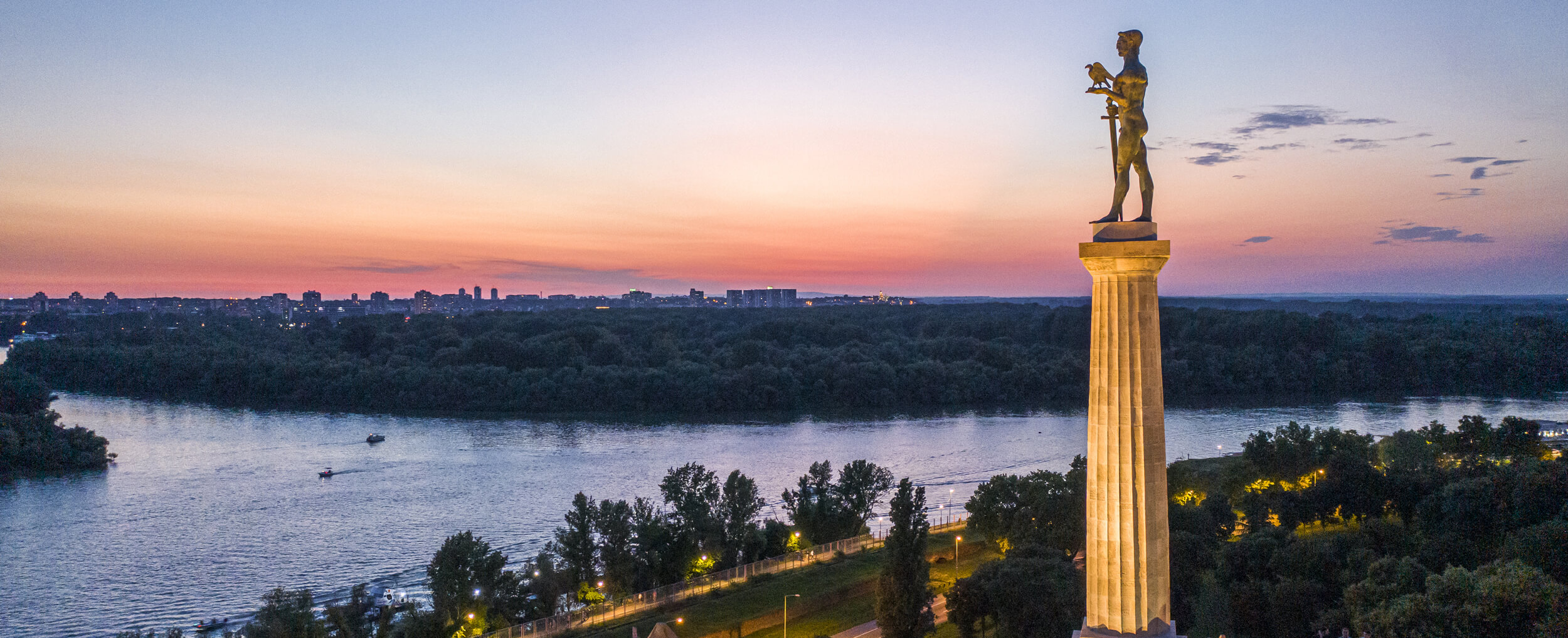The latest findings made by archaeologists during additional explorations of the South-East Rampart of the Upper Town of the Belgrade Fortress are the remains of the 18th-century blockhouse, a construction most similar to a modern bunker. The object had two floors, five gun holes and was used to hide the soldiers who were defending the …
The remains of the Roman fortification, the camp of Legio IV Flavia, are very poorly preserved since they lie under the foundations of younger fortifications or were completely destroyed during later construction. Although the remains of the camp can only be seen in rare places today, their layout testifies to a spacious fortification, the defended …
Today, the colloquial name Eastern Suburbs is borne by a small fortification on the most protruding part of the Danube slope. It was built in the last stage of the development of medieval fortifications, in the first years of the reign of King Matthias Corvinus (1458–1490), at the same time as the cannon tower at …
This complex represents the eastern entrance to the Lower Town from theRiver Danube side, i.e. the Vidin Gate. It consisted of two gates: Eastern Gate I and Eastern Gate II. The Eastern Gate I, alongside with a quadratic tower, was built in the fifteenth century. The Eastern Gate II, built in the eighteenth century, consisted …
The rampart is preserved in the height from two to five metres, but because of the extensive levelling works in the first half of the eighteenth century, the largest portion of the rampart remained bellow the ground level. The rampart had six towers. Parts of the northeastern rampart are now situated near the Archaeological Institute.
Right beside the Big Powder Magazine, beneath “Victor” monument in the west part of the Lower Town, a smaller powder magazine was built as a part of the Austrian reconstruction. It was demolished during the bombardment of Belgrade in 1944.
Sava Gate is located at the main southern entrance, which is headed toward along the Sava river to the Western Suburb and further to the Lower Town. At this point, originally, at the time of King Stefan Dušan, was built suburbs south wall with the Southern Gate. That wall has been sloped down to the …
It was located within the northeastern rampart of the Lower Town. It was constructed simultaneously with the wharf in the fifteenth century. Elvija Celebija mentions it in his notes from 1680 as a Small Wharf Gate. The remains of this gate were discovered in 1947, as the research works continued until 1961. The gate was …
The wharf extended at the outer side of the north-eastern rampart, from the Nebojsa Tower. It dates back to the period of the rule of despot Stefan Lazarevic. Near the wharf, there was a custom-house and fish market. During the Austrian reconstruction of the Fortress, the wharf was turned into a closed naval port, which …
Located close to Nebojsa Tower, this tower was built in the 15th century and had a rectangular base. Before the end of the 17th century, it acquired a horseshoe shape, with the top of the horseshoe facing Nebojsa Tower.

